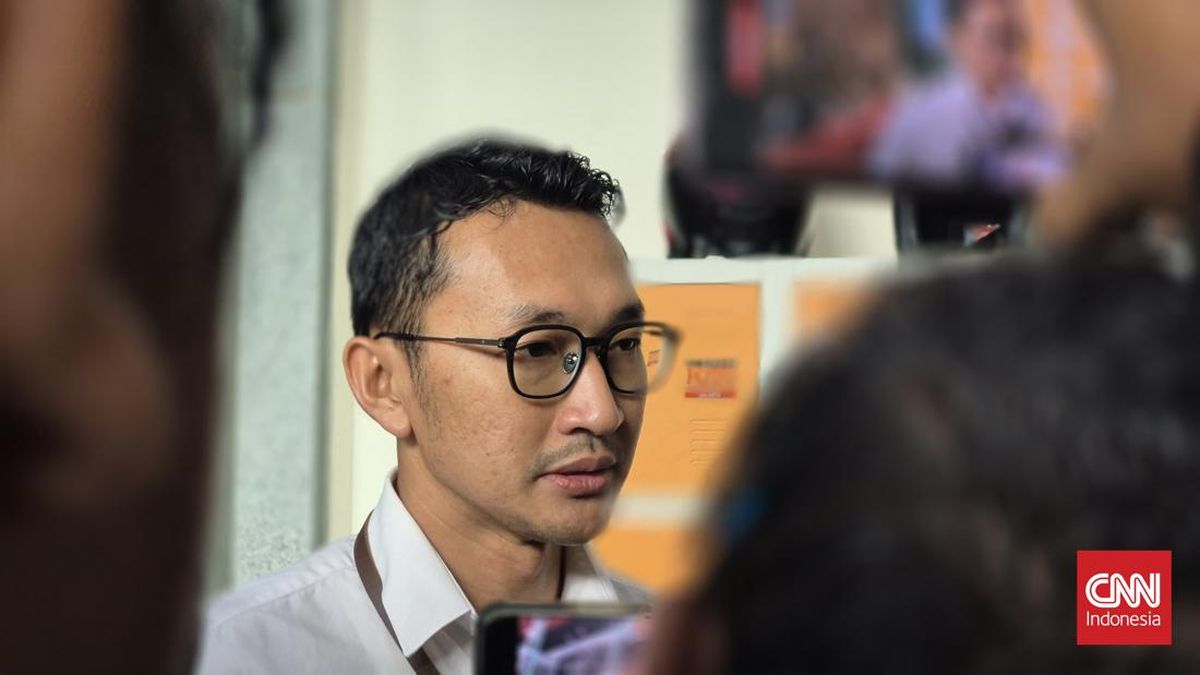Helen Anderson
September 30, 2025 — 5:00am
The singing begins in the airport’s arrivals hall with a welcoming party playing ukuleles. There’s Tahitian pop blaring in the shuttle bus to downtown Papeete, the capital of French Polynesia. And as soon as the sun sets, singing, dancing and strumming starts up in the city’s beer gardens and cafes, the volume and frenzy rising with the humidity and the intake of Hinano lager.
The singing continues all night, and at dawn the roosters, living dangerously on the busy roundabout below our hotel, take over with their own kind of crazy harmony.

All this, however, is a mere singalong. The serious singing begins as we embark Aranui 5, docked at handsome new moorings across the road from our roundabout roosters.
There’s the bestowing of flowers – heavy, heady leis threaded with waxy white tiare buds – and then the singing of more welcome songs, this time by a trio of full-throated professional singers who will be our choral guides for the next 12 days.
Along with the entertainers are crew you don’t usually encounter on a 12-day cruise. Crane drivers who play ukulele. Hard-hatted sailors as skilled in handling horses and bulk fuel as passengers. A Marquesan tattoo artist (Aranui has the only tattoo studio at sea) who manages the restaurant.
It’s not just diverse skill sets that distinguish the 110-member crew. Most of them are Polynesians, the line has Polynesian owners, plus it’s a true hybrid cargo-passenger ship – the only one of its kind in the world – and it turns out that makes a world of difference to travellers and their destinations.
To understand the split personality of Aranui, you need to grasp just how far-flung the five archipelagos of French Polynesia are. It’s 2500 kilometres from the Austral Islands in the south to the Marquesas in the north-east. Our voyage from Papeete to the Marquesas is about 1500 kilometres one way. There’s a mere sprinkle of regional airports across the nation and only a handful of freighters, so the Aranui’s fortnightly visits are like a lifeline. Six of the 12 Marquesas are inhabited and the Aranui is sometimes referred to as “the seventh island”.

With 1800 tonnes of cargo and 176 mainly French-speaking passengers, Aranui arrives at dawn in the black-sand harbour of Nuku Hiva, the largest of the Marquesas, and the unloading begins.
The four cargo holds at the front of the ship buzz with hi-vis energy. On the pier is a conga line of utes and trucks, drivers chatting, queuing to offload barrels of noni juice, sacks of copra and huge hands of bananas, or waiting to collect frozen food and building materials, sacks of cement and onions.
There’s a Range Rover loaded at the front, waiting for its new owner, and rumours of a flock of 30 sheep (they fail to board). And toilet paper – always, everywhere, pallets and pallets of toilet paper.
From the Sky Bar high on the eighth deck, passengers have a ringside view, and it’s pure theatre: one of two 36-tonne cranes and seven forklifts working in balletic unison, sailors dashing about with great coils of rope and massive hooks, shipping containers moving about like pieces of Lego.

In some Marquesas harbours there’s no access to a pier, so the cargo handling is done on barges that are lowered into the ocean. I watch, coffee in hand, agog at the orchestration required under pressure, and the skill involved in compensating for shifting weights and the ship’s pitch and roll.
This daily spectacle makes me unaccountably happy – like I’m part of something useful, essential even. I’m immersed in the dance of the forklifts below, and for a moment I’m not a passive pleasure-seeking tourist. I’m here delivering cargo.
Even before we disembark on each island, there’s song. While Tahitian tunes can be sweet and seductive, the Marquesan welcome songs are fierce, haunting and very beautiful. Sometimes the song floats across the water with drumbeats, sometimes with the clarion call of a shell horn. In Nuku Hiva, it surges towards us like the tide.
At an archaeological site on Nuku Hiva, dancers and musicians gather beneath a monumental banyan tree, the biggest I’ve ever seen, their driving rhythms from huge log drums echoing around the jungle clearing. Slick with sweat and heavily muscled, the male dancers wear necklaces of boar tusks, extensive tattoos and little else, and they dance their haka for us like they’re expecting imminent attack.

We watch from an ancient stone platform, a paepae, used for religious ceremonies and, long ago, human sacrifices. The mana – the force, or spirit, of the place – is unmistakable.
Known by islanders as Te Henua Enata, or the Land of Men, the Marquesas have a masculine mana all their own. Partly it’s the allure of extreme geographic isolation, the old stories of cannibal warriors and the drama of vertiginous landscapes threaded by waterfalls, crowned by cloud forests and smothered in thick jungle.
Unlike the postcard-pretty coral atolls fringed by reefs elsewhere in Polynesia, the Marquesas are volcanic and rugged, with no fringing reefs to protect black-sand beaches or sea cliffs. They appear Jurassic, brooding. In 2024 the Marquesas were named a UNESCO World Heritage Site, recognising exceptional biodiversity on land and sea and the islands’ status as “among the world’s last marine wilderness areas”.
There’s also the attraction of a rich and distinctive culture and language that has somehow survived terrible epidemics and colonial-era suppression.

Tattooing, an integral part of the culture, was banned by French missionaries from the late 1700s and revived only in the past 50 years or so. There’s a fascinating amount of intricate ink artistry on display these days, a kind of bare-skin gallery in every port, as much a sign of Marquesan cultural revival as the tapa (bark) paintings we see on every island, the rosewood sculptures and the electrifying performances.
At Ua Pou, perhaps the most culturally rich of the islands, a big crowd gathers to show its exquisite carvings and rare “flower stone” jewellery. One young man has a full-face tattoo, startling and beautiful. Everyone watches, spellbound, as a group of singer-dancers perform a rendition of a boar stampede punctuated by nightmarishly guttural growling.
The drumbeat grows faster, the loin-thrusting more urgent (though, I’m not sure I distinguished the pig dance from the seduction dance). And then the tempo changes as the women raise themselves on tip-toes for the delicate bird dance. They don’t so much perform as become a flock of elegant birds.

Onboard, we’re less elegant at Aranui’s nightly dance classes, but tres enthusiastic. “Allez, bougez!” urges Rai, one of the teachers – “come on, move!” – rolling his hips suggestively as we giggle and attempt to imitate. I can report an accomplished Polynesian hip roll will take years of practice. Not so the ukulele: within a couple of onboard classes we master three chords, which go a long way on the uke.
And every day, all day, there’s singing – harmonising over daiquiris in the cocktail bar, celebrating birthdays and anniversaries in the restaurant, in open-air churches, at late-night karaoke. The crew shares a vast repertoire of lyrics and melodies; housekeeping staff do their rounds while singing to themselves; waiters sing as they clear tables at night when no one’s around.
I remember the islands not by name but by highlight. Hiva Oa is the island where Belgian singer Jacques Brel and French artist Paul Gauguin are buried. Tiny one-street Tahuata is the island dominated by a church with magnificent stained-glass and carvings. Fatu Hiva has the finest tapa art and the spectacular Bay of Virgins.

Our last stop, Ua Huka, is largely arid in contrast to the lushness of other Marquesas. It’s known as the horse island – some 1500 wild horses, and goats and pigs are loose on the roads – but that’s not why I remember it most keenly.
The adventure starts at dawn with a technically tricky 180-degree reverse-park of Aranui offshore in the neck of the shallow harbour. No other cruise ships come here, and there’s a big turn-out on shore. Most of the island’s population, it seems, has risen early, strapped bouquets of frangipani and palm fronds to their utes, and we travel with them in a long convoy across deep valleys and bare headlands.
Our driver, Philippe, wears a woven pandanus hat and chats amiably in French, pulling up atop sea cliffs to watch manta rays feed below, delivering us to a petroglyph site and taxiing us to a village feast, where platters of salads and poisson cru (raw fish in lime juice and coconut milk), are served by ladies wearing floral crowns and bright mumu shifts, while breadfruit and joints of pork and goat roast in an umu, or earth oven.
Wherever we stop on Ua Huka there’s a band of locals singing their hearts out, attacking their ukuleles and drums with gusto. There’s an extra dimension delivered by several chaps playing bass on upturned plastic rubbish bins fitted with mop handles and string. It’s joyful, and the full-arc rainbow that appears on the return drive feels like a blessing.
At twilight, we cast off the twin mooring lines tethering Aranui to the harbour walls and sail into the sunset. We’re leaving the Marquesas. A crowd of crew and passengers gathers at the stern and toss flowers into the wake. It’s hard to describe the air of genuine lament. It’s best expressed in song. Always, in song.
Postscript: I’m still practising my Polynesian dancing and I was gifted a ukulele for my recent birthday.
THE DETAILS

CRUISE
Aranui 5 is a hybrid freighter-passenger ship that accommodates 230 passengers and makes regular voyages between Tahiti and the Marquesas, Tuamotu, Society and Austral archipelagos. A 12-day round trip from Tahiti to the Marquesas Islands, scheduled twice a month, costs from $8181 a person twin share in a stateroom, including all meals onboard and ashore, wine with lunch and dinner onboard, and excursions in every port. In 2027 Aranui Cruises launches Aranoa, its second hybrid freighter-passenger ship. See aranui.com
FLY
Air Tahiti Nui flies from Sydney, Melbourne and Brisbane to Papeete via Auckland. See au.airtahitinui.com
MORE
See tahititourisme.au
The writer was a guest of Aranui Cruises.
FIVE MORE EXCURSIONS
Papeete
From poisson cru to papaya tarte tatin, explore the city’s vibrant food culture with articulate local food lover Orama Mollimard. Email [email protected]
Fakarava
On a brief stop on the way to the Marquesas, hire a bike and cycle around this idyllic atoll, surrounded by a UNESCO biosphere reserve. Watch for falling coconuts.
Bay of Virgins
On the Marquesas island of Fatu Hiva, this bay is regarded as one of the world’s most beautiful. At any moment a pterodactyl might emerge from this Jurassic landscape.
Rangiroa
On the return trip from the Marquesas through the Tuamotu archipelago, Aranui’s entry through a narrow passage into this gigantic lagoon is thrilling.
Bora Bora
This quintessentially Tahitian island is a paradisiacal highlight on the last day of Aranui’s Marquesas voyages. Swim, snorkel, cycle, marvel.
Sign up for the Traveller Deals newsletter
Get exclusive travel deals delivered straight to your inbox. Sign up now.


















































